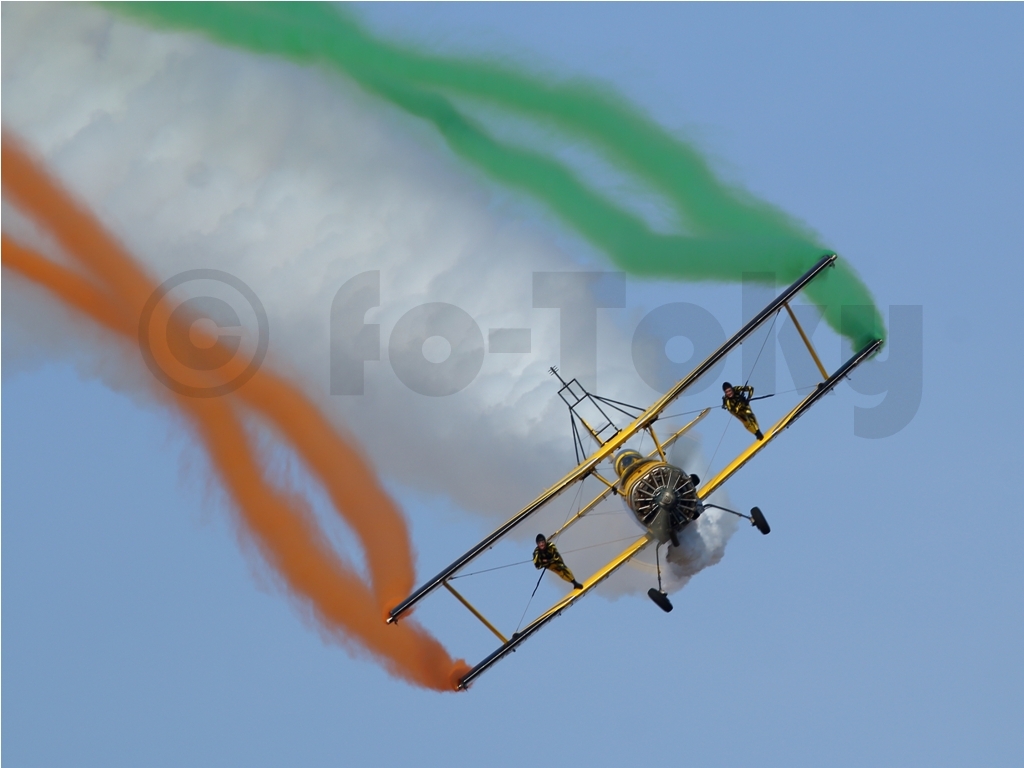Whether you’re a novice or an experienced pilot, an engine failure in-flight is a pilot’s worst nightmare. If it occurs in a single-engine piston aircraft or a single-engine jet plane, there are only two ways out: trying to restart the engine, or making a forced landing. The other option of ejection is available to military pilots only. An engine failure in flight requires a swift reaction by the pilot in command to maximize the flight of an airplane after the event has occurred. Pilots do this by acquiring a glide…
Tag: flight safety
Critical Thinking for Pilots: Self debrief and Learning from our own mistakes…
What’s the point in thinking about what could have been or what might have happened? What’s done is done. We’ve heard this. We’ve probably thought this. But don’t drown your sorrows or celebrate too soon, because this self debrief is how important insights are revealed that will improve your decision quality in the air as well as on the ground. But before we start let me say that it is best to learn from others’ mistakes then make your own. However, as pilots we undertake multiple flights every day and not one flight is…
What is a blindfold check for military pilot and why is it important?
Before a military pilot goes solo, he/she has to successfully demonstrate the ability to locate switches blindfolded. It is not without reason. And this is checked periodically, generally every fortnight along with critical emergency actions. The pilot is made to sit in the cockpit as if during flight with eyes shut and instructor checks out pilots’ ability to locate and activate cockpit switches, to make sure they could find them in a nerve blinding situation (bird strike, smoke in the cockpit, electrical failure by night, etc.). This practice remains with…
What to expect at the end of Lockdown?
What to expect at the end of Lockdown?
What Airline Pilots need to know about difference in bird and drone strike?
US Airways flight 1549 presents a single most illustrious example of the kind of damage a bird strike can cause and piloting-skill required to be able to bring out everyone safely from a disastrous situation. Birds are intelligent species which have natural instinct to survive and avoid a collision while in the air or on the ground. With their sharp vision and quick decisive ability, they are able to avert not only other avian traffic but also human-made obstacle and flying objects. Differences between drone and birds. 1. For the same…
What mistakes pilots should avoid during landing flare?
The Landing Flare, in a fixed wing aircraft, is the one most difficult task a pilot executes on routine basis. The landing flare is a transition phase between the final approach and the touchdown on the landing surface. This sub-phase of flight normally involves a simultaneous increase in aircraft pitch attitude and a reduction in engine power/thrust, the combination of which results in a decrease in both rate of descent and airspeed. What is landing flare? The flare process requires that the pilot adjust the aircraft attitude and power settings…
How pilots can assist controllers during a procedural approach control to save time and fuel?
What is a Procedural Approach Control? Procedural approach control is a form of non-radar air traffic control conducted from the Tower to separate arriving, departing, and overflying aircraft within a designated area around an aerodrome. The procedural approach is used in areas with little or no radar coverage, where traffic density is relatively low. The procedural approach controller may utilize a variety of (non-radar) separation standards to achieve separation between aircraft i.e. vertical, longitudinal, lateral, geographical, or visual separation. Without an accurate radar picture to aid situational awareness the procedural approach…
What pilots should know about hard, firm and kisser landing.
On the final approach to landing, a pilot controls the airplane speed by attitude and descent profile by thrust/power leading to touch down in the specified zone. Over the threshold, flare out is commenced to arrest the rate of descent so as to achieve touch down at a correct angle and positive vertical acceleration. Airline companies and charter operators advise pilots not to attempt kisser landing but to achieve controlled firm touch down within the limits specified by the aircraft manufacturer. From the very first day of commencement of training,…
What pilots should do to avoid mid air collision?
The risk of midair collision is greatest from takeoff to top of climb, and again from start of descent to landing. Don’t assume you’ll always be able to ‘see and avoid.’ You, the pilot, are responsible for your own separation and lookout. Air regulation prescribes that when weather conditions permit, regardless of whether the operation is conducted under instrument flight rules (IFR) or visual flight rules (VFR), each person operating an aircraft shall maintain vigilance so as to see and avoid other aircraft. Remember that most midair collision accidents and…
Where you Seat matters…
The aircraft seat is becoming more than just a place to sit. Be assured as you take your place on the assigned seat, someone somewhere is drawing up plans on how airline seats could be more effective on how it does. An airline seat is a seat on an airliner in which passengers are accommodated for the duration of the journey. Such seats are usually arranged in rows running across the airplane’s fuselage. Safety and Comfort For safety, the seats are attached to rails on the fuselage and this facilitates their removal or reconfiguration if the airline…








